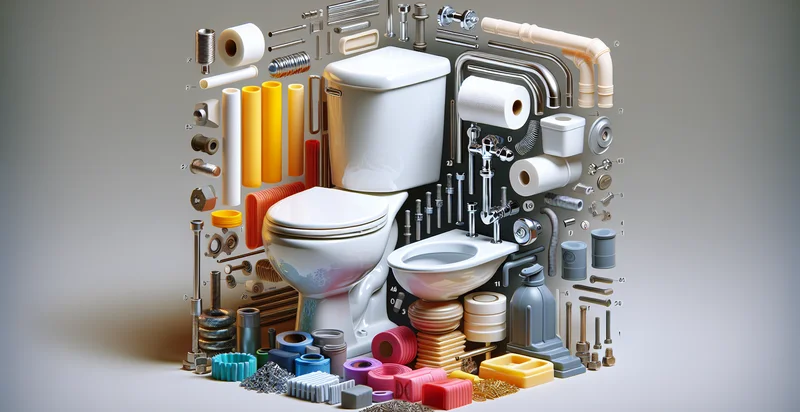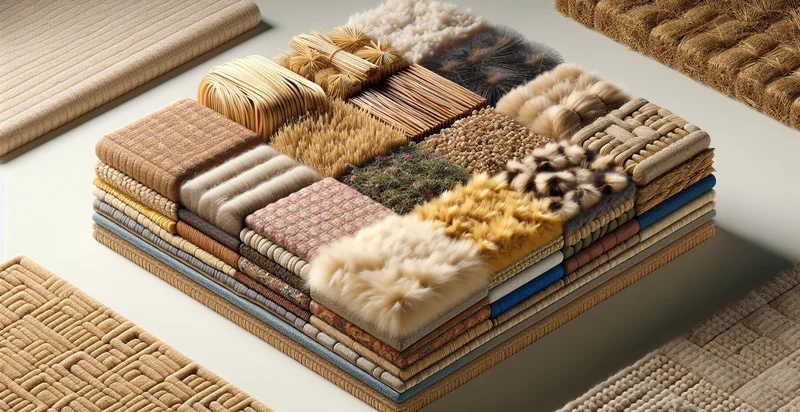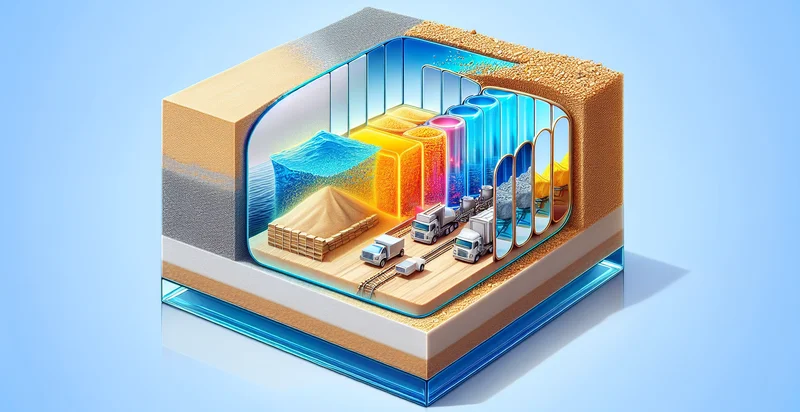Identify what material a toilet is made from
using AI
Below is a free classifier to identify what material a toilet is made from. Just upload your image, and our AI will predict what material a toilet is made from - in just seconds.

Contact us for API access
Or, use Nyckel to build highly-accurate custom classifiers in just minutes. No PhD required.
Get started
import nyckel
credentials = nyckel.Credentials("YOUR_CLIENT_ID", "YOUR_CLIENT_SECRET")
nyckel.invoke("what-material-a-toilet-is-made-from", "your_image_url", credentials)
fetch('https://www.nyckel.com/v1/functions/what-material-a-toilet-is-made-from/invoke', {
method: 'POST',
headers: {
'Authorization': 'Bearer ' + 'YOUR_BEARER_TOKEN',
'Content-Type': 'application/json',
},
body: JSON.stringify(
{"data": "your_image_url"}
)
})
.then(response => response.json())
.then(data => console.log(data));
curl -X POST \
-H "Content-Type: application/json" \
-H "Authorization: Bearer YOUR_BEARER_TOKEN" \
-d '{"data": "your_image_url"}' \
https://www.nyckel.com/v1/functions/what-material-a-toilet-is-made-from/invoke
How this classifier works
To start, upload your image. Our AI tool will then predict what material a toilet is made from.
This pretrained image model uses a Nyckel-created dataset and has 13 labels, including Acrylic, Cast Iron, Ceramic, Concrete, Fiberglass, Glass, Plastic, Porcelain, Resin and Stainless Steel.
We'll also show a confidence score (the higher the number, the more confident the AI model is around what material a toilet is made from).
Whether you're just curious or building what material a toilet is made from detection into your application, we hope our classifier proves helpful.
Related Classifiers
Need to identify what material a toilet is made from at scale?
Get API or Zapier access to this classifier for free. It's perfect for:
- Material Quality Assessment: A construction company can use the image classification function to determine the materials used in toilets for quality assurance. This can help in ensuring that the installed products meet safety and regulatory standards, thereby reducing liability risks.
- Supply Chain Optimization: Manufacturers can leverage this function to identify materials in toilets during the inventory process. By understanding which materials are being stocked, they can streamline their production lines and minimize waste.
- Recycling and Waste Management: Waste management firms can implement this function to classify toilets based on material composition at recycling facilities. This identification can facilitate proper sorting, helping to improve recycling rates and reduce landfill waste.
- Product Comparison Tool: Retailers could integrate this image classification tool into e-commerce platforms to assist consumers in comparing toilet materials. By providing insights into durability and maintenance associated with different materials, customers can make informed purchasing decisions.
- Compliance Tracking for Renovations: Contractors can use this function during bathroom renovations to ensure that the materials used in new toilets comply with local building codes. Moreover, this will help in the identification and proper disposal of non-compliant materials.
- Insurance Claim Evaluation: Insurance companies can utilize the image classification function to assess claims involving toilet damage. By identifying the materials, they can more accurately determine the level of damage and the appropriate compensation for clients.
- Market Research and Trends Analysis: Market researchers can use this function to analyze data on toilet materials found in different demographics or regions. This information can help manufacturers identify emerging trends and consumer preferences, guiding future product development.


